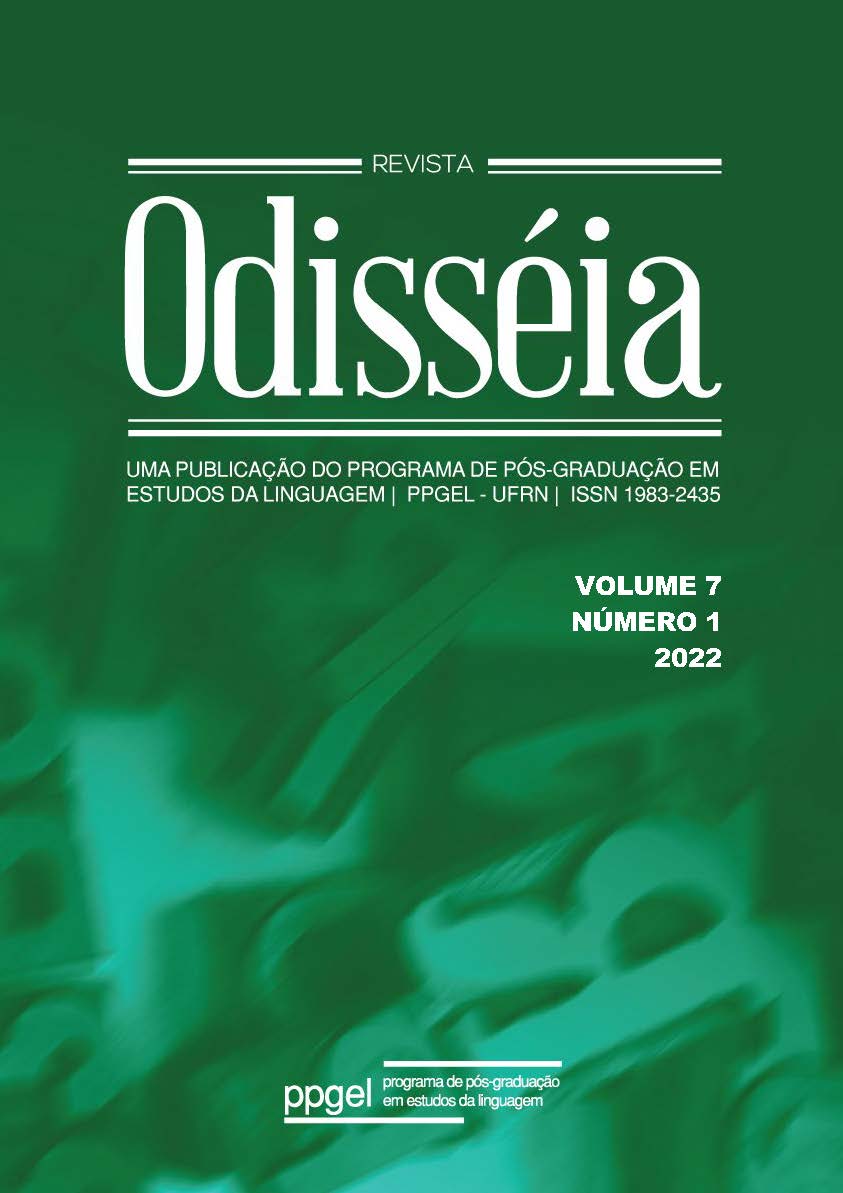Conceitos teóricos
definindo o trickster
DOI :
https://doi.org/10.21680/1983-2435.2022v7n1ID27822Mots-clés :
Trickster, Mitologia, Literatura norte-americana, Arquétipo, FolcloreRésumé
O trickster é uma figura que se filia a um modelo que tem aparecido nas obras ficcionais norte-americanas desde os seus primórdios até a contemporaneidade e guarda notáveis semelhanças com o pícaro espanhol, com o malandro brasileiro, com o arrivista francês, com o espertalhão alemão, dentre outros. Levando-se em consideração a sua importância para o estudo de figuras anti-heroicas, se traduz para o português a seção 2 da dissertação de mestrado de Pieter Conradie, na qual ele define essa figura e tece observações importantes a respeito de sua constituição e sua evolução ao longo de sua existência no âmbito ficcional. Na parte referida, o autor fornece a sua definição e ilustra sua relevância para os nativos norte-americanos e que se estende até os dias de hoje, a partir dos estudos de Radin (1972) e Jung (1969). O trickster é considerado um ente mitológico originário da tribo indígena localizada no Nebrasca, Winnebago, e que acabou por se firmar como uma representação do sujeito esperto, que tudo faz para se dar bem e se safar de situações conflituosas. Inicialmente, ele era uma figura folclórica que acabou adentrando o âmbito literário e aí se mantem como um ser errante, ambicioso, egoísta, que menospreza o trabalho e cujo único intento é a sobrevivência, por meio de burlas e enganos a terceiros, permeadas pelo humor e ressaltando sempre a sua esperteza e agilidade nas ações que vivencia nas ficções do passado e também naquelas da atualidade.
Téléchargements
Téléchargements
Publié-e
Comment citer
Numéro
Rubrique
Licence
© Revue Odisseia 2022

Cette œuvre est sous licence Creative Commons Attribution - Pas d'Utilisation Commerciale - Partage dans les Mêmes Conditions 4.0 International.

Este trabalho foi licenciado com uma Licença http://creativecommons.org/licenses/by-nc-sa/4.0

















